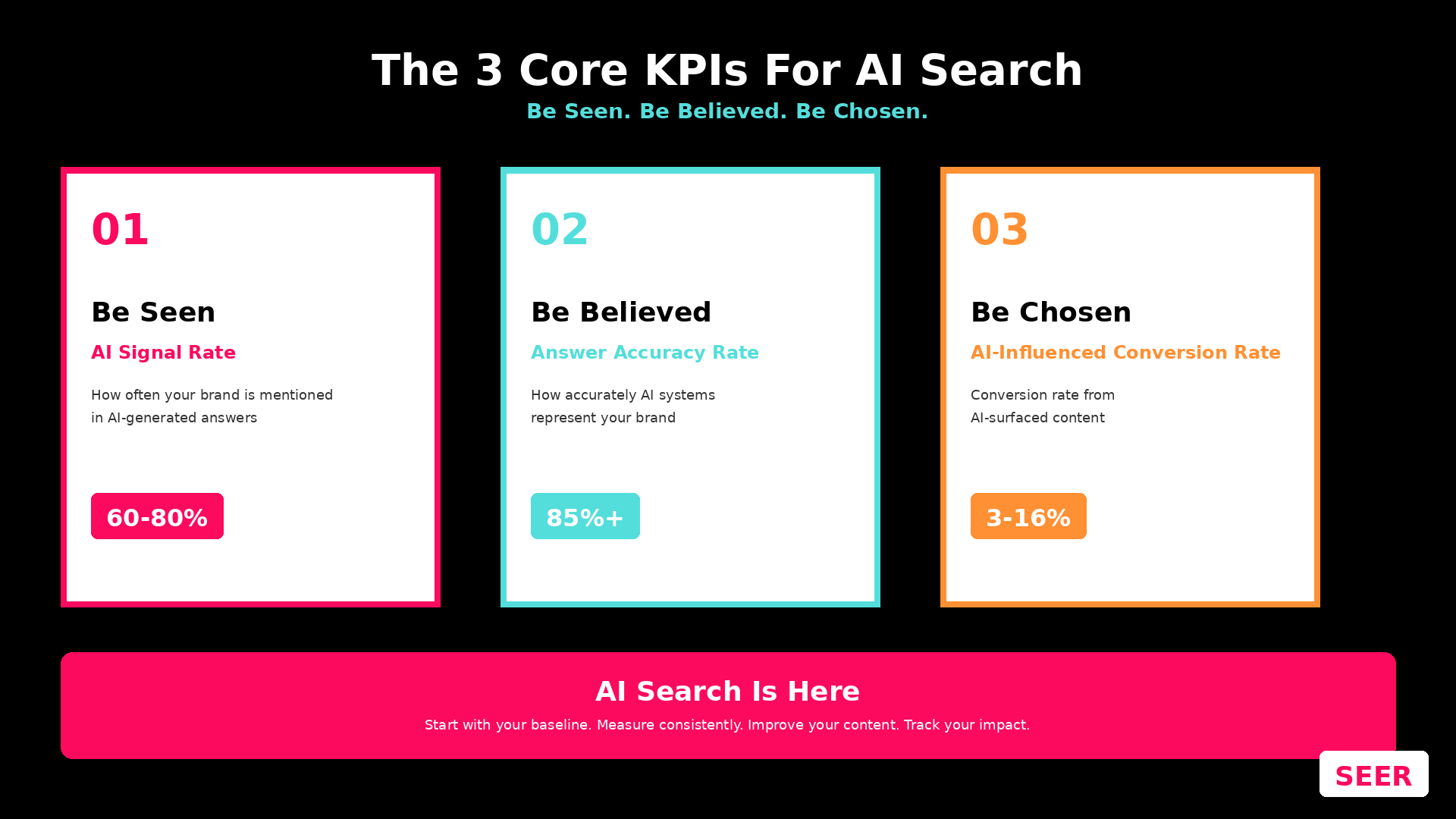If given a $10,000 budget to better promote successful content, how would SEER go about doing it and what would the desired results be? This was the question originally posed by Wil along with a challenge to determine the best ways to pay for promotion on client content and assets. Overall, we wanted to test the impact paid content promotion had on assets that we had previously launched and to measure the impact of this traffic on the high-level goals of each client. How would additional impressions and clicks impact content and interaction when we couldn't narrow down the audience as much as PPC?
Over the course of 3 months, we tested many different platforms including Zemanta, Twitter, LinkedIn, nRelate, Taboola, Outbrain and others with varying results. After spending $10K of our own testing budget, we found consistent themes across multiple platforms for ways to improve our tests moving forward and how we would report the impact to clients. Wil also shared some of the results at SearchLove London. Are there better ways to utilize the traffic your client is paying for and can we implement microconversions to provide better context to the client and improve upon the content the next time around?
PERFORMANCE
After testing multiple platforms for paid content promotion, we had a few clear wins and losses. Keep in mind, some of the tested landing pages could have been better optimized for inbound traffic, but since this was a test, we went with the current design. Zemanta under-performed throughout the course of our testing. They charged based upon impressions and CPM, as their content is “suggested” to bloggers, however these sites had very few social signals, were overloaded with ads and generally were sites you would rarely visit.
nRelate and Taboola were the overall clear winners for SEER’s paid content marketing campaigns. Their traffic fit the audiences that we were looking for and the users were much more engaged and willing to absorb the content we were promoting. Besides clicks and impressions, we also saw great pickup from social sharing and new linking domains.
nRELATE
nRelate has a slightly more tech-focused audience, so we decided to promote three content blogs from a popular PC brand. Our total spend over three days was $500, at a $.15 CPC, which generated over 3,300 clicks and resulted in 11 new referring domains and over 1,000 social shares. We also exceeded social sharing and linking goals that were set at the beginning of the campaign. Including setup and watch time, we spent just over $800, which came out to be about $72.91 per link. Not to mention, this brand made the front page of /r/gaming with our content from that week. As Wil would say:

TABOOLA
Taboola has a premium publishing audience, so we decided to promote six content blogs from a recognized food brand. Our total spend over three days was $1700, at a $.15 CPC, which generated over 20m impressions & 11,000 clicks and resulted in 82 new referring domains and over 1,000 social shares. We drastically exceeded our own social sharing & linking goals that were set before we launched. Including setup and watch time, SEER spent just over $2,000, equaling out to about $24.39 per link. As Wil would say:

TAKEAWAYS
After testing these platforms, we shared the wins and losses of our campaigns with the respective clients. For future paid promotion campaigns, we’d love to further optimize our landing pages to squeeze the most value out of the inbound traffic. We’ll be sharing our takeaways and suggestions for future content promotion in another blog post, but we kept thinking about how SEER reported success. There had to be a better way to report the value of these campaigns to clients in a way that would convey success past just links, clicks, revenue, main conversions, etc.
HOW ELSE CAN WE PROVE SUCCESS?
Besides just reporting on new links to our content pieces, clicks to our articles or eyeballs/impressions on the brand, how else could we utilize the paid traffic to our site? If we could tie this traffic back to the clients' ultimate goal, then they realize the value it provided. What if we could also include microconversions as a tracking metric to make a business case for decisions further down the road?
What could we track internally and report back to the client, which would provide long-term value to their business as a whole? Maybe, we promoted an infographic and got a few links and a few social shares, but no other metrics were tracked. The success and reporting stops there and the campaign could be viewed as a disappointment.
What if SEER had tracked the page scroll depth so that we could determine the average distance down the page the users scrolled? A business case could then be made that the majority of the users did not make it past the halfway mark of the infographic and therefore missed all of our social sharing buttons and embed codes. Perhaps we should shorten these in the future or provide them on multiple slides to reduce that attrition rate.
We also could have included an email signup form to collect information from users who would be interested to hear more from that brand or more about that content topic in the future. Within the clients email marketing system, we could then set up custom filtered groups or even filter them into an automatic email marketing campaign. We could also track social signals such as likes and shares more closely to further report on social metrics.
What would you rather hear?
“We received two links and got 2,000 clicks on these articles”
vs.
“We received only two links and brought in 2,000 clicks, which we had hoped would have been higher. We were also able to get 37 new email signups, which resulted in an overall lifetime value of $3,000 added to your business and learned that on average the users only read ⅓ of your content.”?
How would we go about tracking these microconversions?
MEASURING SUCCESS
For future testing, SEER will be tracking these microconversions using a few different methods in Google Analytics, which we’d like to share:
![]()
You can probably tell by now that Event Tracking is by far the most useful method for tracking these microconversions. Event Tracking allows for relatively easy measurement of various actions on a site that are not tracked under the standard Google Analytics implementation. In addition, these interactions can be assigned Category, Action, Label, and even Value fields to allow for more granular analysis.
Email Signups are one of the most common microconversions we track for our clients. They can take the form of Signups for Updates, Newsletters, or Deals. To track successful email submissions, we typically use Event Tracking. The Event Tracking tag is usually added to the onSubmit function of the form, however if this is not possible it can also be set to trigger with the onClick event on the Sign Up or Submit button.
Social Share links or buttons on elements like blog posts can also be tagged in a similar fashion with Event Tracking, however Google Analytics also features a set of Social Analytics reports and tracking methods that can also be leveraged. Specifically, the Track Social method can be used. This method functions in nearly the same way as Event Tracking and can be placed on the onClick event of Social Share links and buttons.
The choice between the Event Tracking and Track Social methods are a matter of reporting preference, as the Track Social method populates its data exclusively within the Google Analytics Social Reports, whereas Event Tracking data resides under the Behavior category of reports. We prefer to use Event Tracking in this case, as it allows for additional analysis alongside other dimensions and metrics in Google Analytics, whereas Track Social is limited to just the Social Reports.
Tracking the Page Scroll Depth microconversion is a little more involved than most others, however the insights gained from this are invaluable for sites with frequently-visited blog feeds. Since multiple posts and articles can be displayed on a main blog page, it can be a bit of a challenge to effectively measure how many of these blogs visitors are reading from the main blog page. Luckily, this can be achieved with a combination of Event Tracking and jquery scripting. Essentially, an Event can be set fire whenever a visitor scrolls to a certain point on the page (i.e. one Event for scrolling 50% down, one for 75%, etc.). This means that a goal can be set up in Google Analytics based upon what depth you feel is a success for the blog feed.
SHARING THE RESULTS
So we’ve discussed how to improve Paid Content Promotion and identified methods of tracking microconversions to better analyze its success. Now it’s time to build advocacy! You and your team may know that it worked, but what about the decision-makers on the project? It doesn’t take long to obtain a plethora of data around campaign performance both on-and-off site, however it is important to understand that most decision-makers aren't concerned with the fine details. Clicks, impressions, visits, bounce rate - these metrics may mean something to you and your team; but they do not have much impact on them. That’s precisely why we recommend identifying good microconversions.
An important thing to understand about higher ups and other decision makers is that their time can be extremely limited and valuable. That said, they likely won’t have the time (and sometimes patience) to read through an extensive report delving into the deepest insights around the performance of your campaigns. Understanding your audience is key when creating any deliverable.
Performance dashboards are often the go-to deliverable for these scenarios. A good dashboard (whether it’s online or offline) should be concise and to the point. It should tell a very simple story: “What were we trying to do, and how do we know that it worked?” A viewer should be able to glance at it and gauge how things are going within a few moments. It’s best practice to design these dashboards to fit on a single page. This limit can be a bit challenging to accommodate at first, however it really helps shine light on what really matters for the campaign’s success at the end of the day. For the sake of the examples in this blog, we recommend building these dashboards to focus exclusively on the Macro and microconversions that were established for the campaigns. This will condense the greatest amount of value and performance metrics into a format that is easily absorbed and understood.
There are countless dashboarding solutions out there, as simple as Excel and as robust as Tableau (and beyond!). If you’re already using Google Analytics, you’re in luck, as it offers some great opportunities for free dashboards based upon your Google Analytics data.

Above is an example of a very simple microconversion dashboard set up within Google Analytics. The great thing about these custom dashboards is that they can be customized using segmentation. Date ranges can also be changed on the fly to allow for any comparison. PDF exports can be downloaded directly or scheduled to email to specified recipients as well. This is especially handy when these dashboards need to be presented to individuals not well versed in the use of Google Analytics.
Throughout the course of our paid content promotion, we identified a plethora of great opportunities for improving campaigns. We hope that this blog provided some ideas to improve your own tactics as well as some ideas for communicating their value through microconversion analysis and dashboards. Check out how Paid Promotion and Native Advertising compare to PPC!
Have you had any experiences with paid content promotion on alternate channels? What are some other microconversions that you track to provide value to your clients? We’d love to hear about it below!



